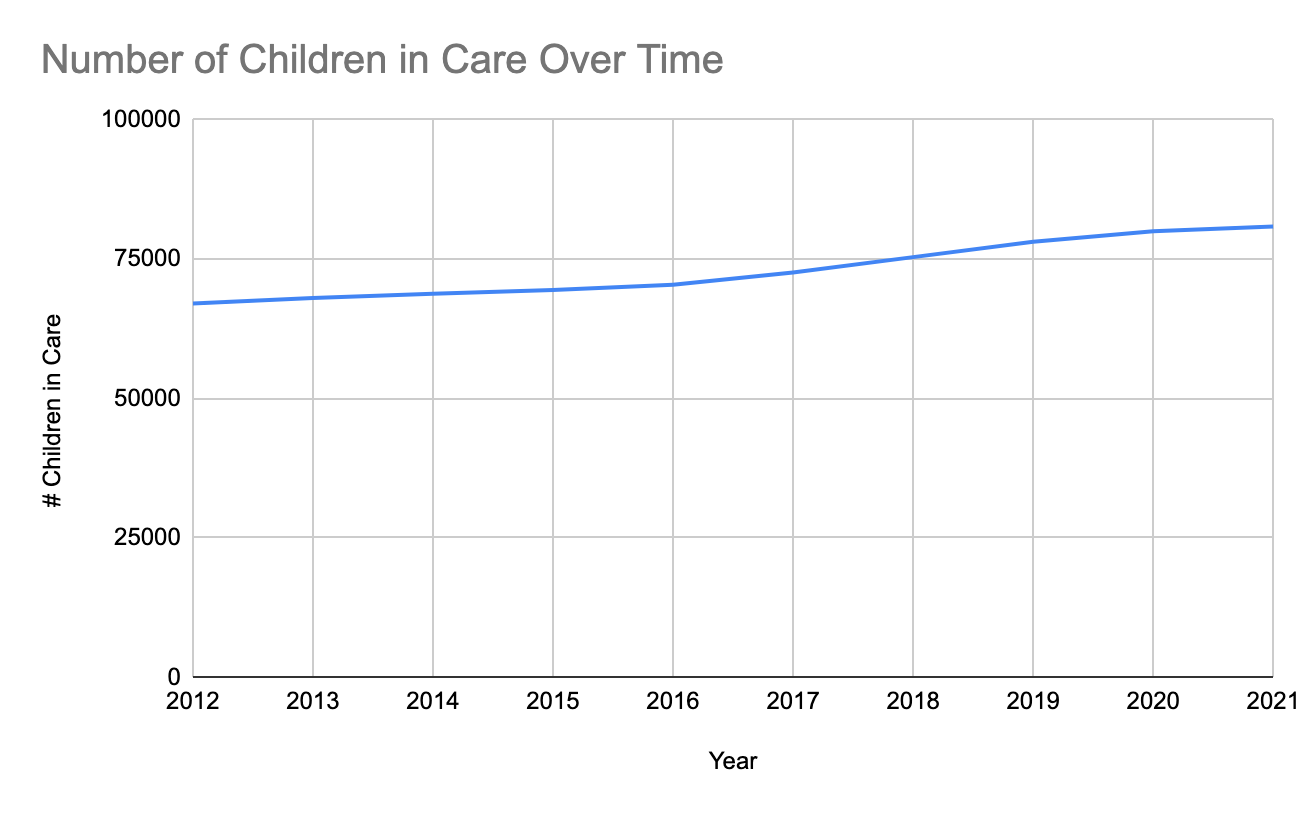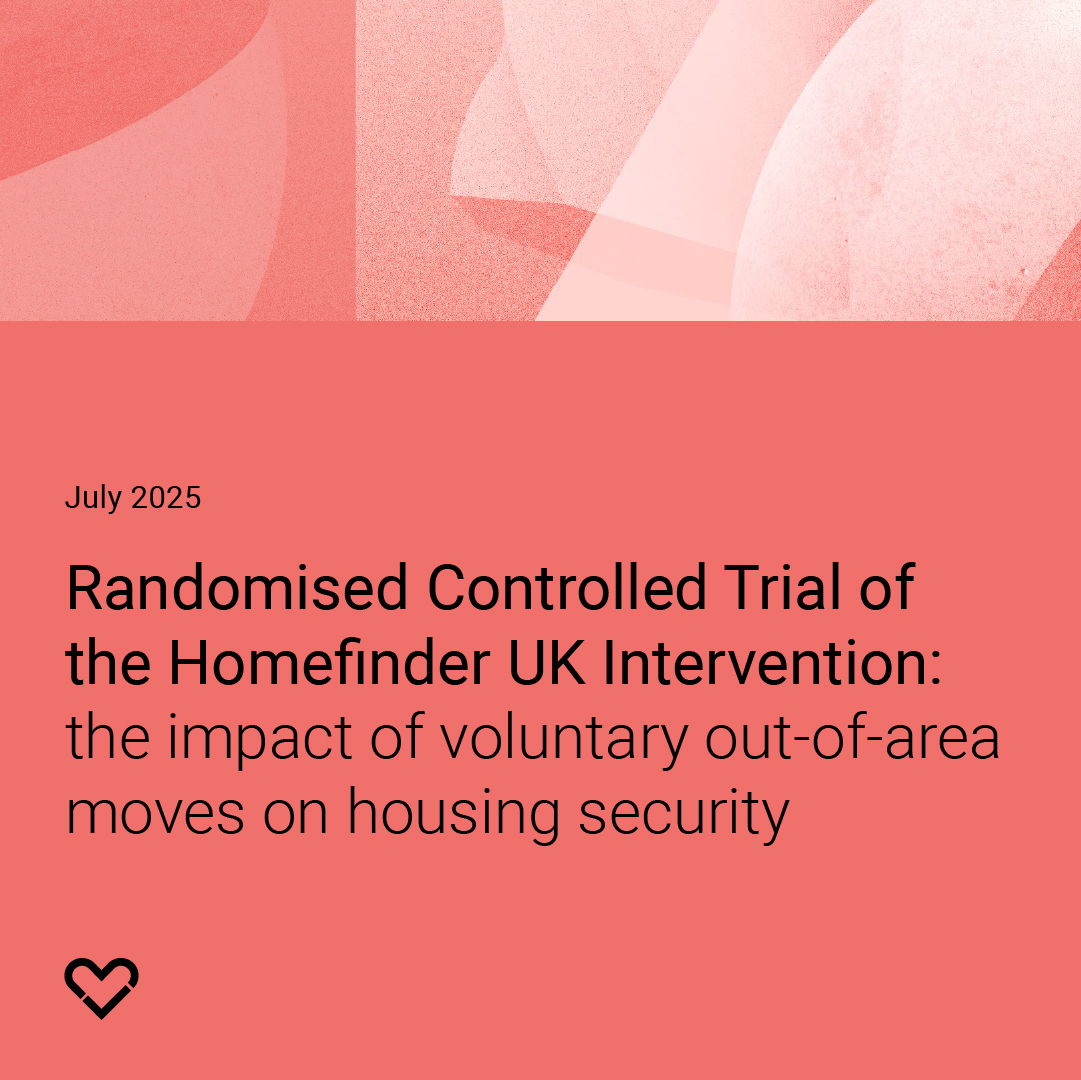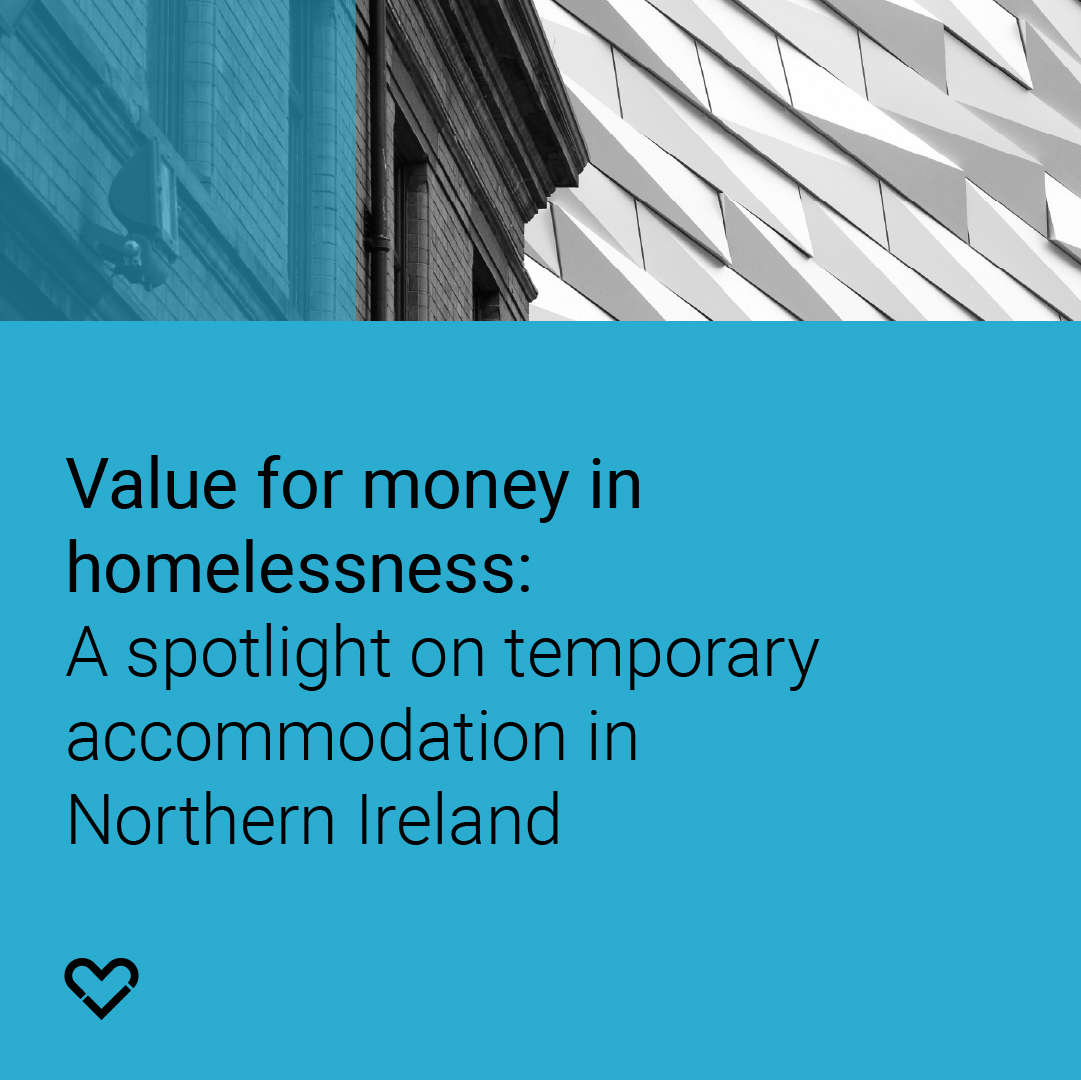Homelessness and children's social care in England
Outline of the study
This report examines the link between children's social care experience and homelessness in England, reviews rates of homelessness among care leavers, explores pathways into homelessness, and assesses the evidence base for homelessness prevention strategies. The authors argue that, despite substantial government investment, there is still insufficient knowledge about what works to prevent homelessness among this vulnerable population.
Findings in brief
- People with care experience are vastly overrepresented among people experiencing homelessness: one study indicates that around 10% of people sleeping rough in London had care experience, compared to less than 2% of 18-year-olds in the general population
- 26% of young people leaving care had 'sofa surfed' and 14% had slept rough, according to Centrepoint research
- 64% of young adults aged 18 - 24 live with their parents, whilst most care leavers experience ’accelerated and compressed transitions’ to adulthood
- Care experienced young people face significantly higher rates of mental health problems, educational difficulties, substance use, and criminal justice involvement than their peers
- Placement instability: 32.2% of children in care experienced at least one placement move in 2018/19 and 10.4% experienced multiple moves. This disrupts relationships and compounds risks
- LGBTQ+ young people are more likely to be taken into care and experience greater placement instability and subsequent homelessness
- There is a shortage of high-quality evidence on interventions to prevent homelessness among care leavers
- Promising interventions include the Staying Put, Staying Close, and Lifelong Links programmes, but these require more rigorous evaluation of their impact on homelessness outcomes.
Recommendations in brief
- Expand data collection to track homelessness outcomes for all young people who have had contact with children's services, not just those in care
- Commission high-quality randomised controlled trials of promising interventions to build the evidence base on what works to prevent homelessness
- Prioritise reducing placement moves and improving stability for children in care to strengthen protective relationships
- Invest in programmes to develop life skills and emotional readiness for independent living
- Expand programmes such as Staying Put, to provide continued housing stability and support for young people as they transition to adulthood
- Implement Lifelong Links-style interventions to help young people in care develop and maintain supportive relationships that can provide safety nets
- Address structural barriers: tackle housing affordability and availability issues that particularly affect vulnerable young people without family support
- Develop specialised homelessness services that understand the unique needs and trauma experiences of care-experienced young people
- Ensure children's services and housing departments work together to prevent homelessness among care leavers.






.jpg)

